Only 11-percent of drivers check their tires’ inflation pressure on a monthly basis, so it stands to reason that an even smaller percentage bother themselves with making sure their tires remain perfectly balanced. But just like correct inflation pressure, regular tire rotations and precise alignment, periodically balancing your tires is a part of proper tire maintenance. When new, during rotation intervals and certainly any time a vibration is detected, your tires should be inspected for proper balance.
With curbed rims, lost counterweights, flat spotting and tire-to-wheel slippage all being common occurrences in everyday driving, it doesn’t take much to disrupt the perfect balance your tire and wheel assemblies had when they were brand-new.
For everything you ever wanted (and needed) to know about balancing, the information below is intended to help you get the best ride quality, longest tread wear and optimum safety out of your tires.
First and foremost, you have to start with a quality tire that possesses sound uniformity. Uniformity refers to how even and round a tire is manufactured. When you combine a tire that has quality uniformity with a good balance job, you’ll benefit from even weight distribution and optimum wear characteristics right from the outset.
You’d be surprised at just how easily a tire can become imbalanced.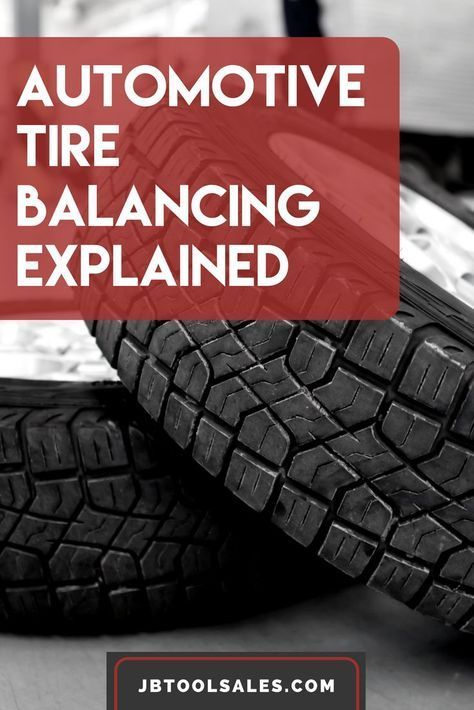 For example, a hard skid in a panic-brake situation can flat spot a tire. With the tire no longer perfectly round, it’s likely to add a vibration to your driving experience. A bent rim or the loss of a counterweight are other common causes of imbalance. Aggressive acceleration or braking can result in tire-to-rim slippage, which also affects balance. Some of the above scenarios aren’t always avoidable in normal driving, which makes it all the more important to check for proper balance anytime you rotate or experience a vibration while driving your vehicle. The photo above was sourced from High Velocity Diesel Performance, whose Ford Excursion was hit by another vehicle and suffered a bent rim (among other damages).
For example, a hard skid in a panic-brake situation can flat spot a tire. With the tire no longer perfectly round, it’s likely to add a vibration to your driving experience. A bent rim or the loss of a counterweight are other common causes of imbalance. Aggressive acceleration or braking can result in tire-to-rim slippage, which also affects balance. Some of the above scenarios aren’t always avoidable in normal driving, which makes it all the more important to check for proper balance anytime you rotate or experience a vibration while driving your vehicle. The photo above was sourced from High Velocity Diesel Performance, whose Ford Excursion was hit by another vehicle and suffered a bent rim (among other damages).
It goes without saying that an imbalanced tire yields uncomfortable ride quality, but in addition to the vibration sensation that typically accompanies an out of balance tire the affected tire’s handling characteristics are compromised as well.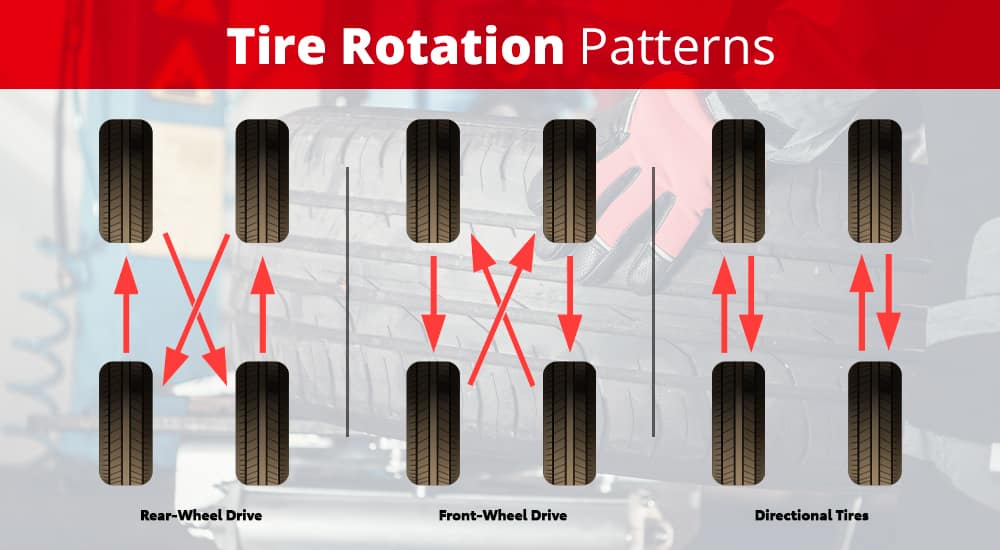 This includes steering. All it takes is one half of an ounce of weight difference on any given tire to bring about considerable vibration.
This includes steering. All it takes is one half of an ounce of weight difference on any given tire to bring about considerable vibration.
An out of balance tire can lead to increased and uneven tread wear. This is especially true for tires that are improperly inflated or not regularly rotated. However, excessive tread wear can also be traced back to a poor balance job from the tire shop. If left unchecked, uneven wear can produce vibrations that not only worsen over time, but that also increase the chance of the tire blowing out.
We’ve all passed a vehicle on the interstate that was noticeably equipped with out of balance tires and many of us have even experienced tire imbalance through the steering wheel. There are two primary forms of tire imbalance: static and dynamic. In instances of static imbalance, a vertical vibration or hop is present. Dynamic imbalance entails side-to-side vibration or wobbling (which is distinctly felt in the steering wheel). Proper tire balancing can solve and counteract the forces that cause these vibrations, which usually conspire at the same time.
Proper tire balancing can solve and counteract the forces that cause these vibrations, which usually conspire at the same time.
On a balancing machine, your tire professional runs each wheel and tire assembly up to high speed in what’s known as the dynamic balance procedure to pinpoint its heaviest point. From there, clip-on counterweights (measured in ounces) are added to the lip of the wheel to redistribute the weight of the assembly evenly. We’ll note that adhesive counterweights are used when clip-on versions can’t be, but are sometimes used in addition to the traditional clip-on counterweights.
To maintain the aesthetics of certain vehicles with aftermarket wheels, many enthusiasts request that the counterweights be installed on the inboard side of the wheel rather than the outside, so long as precise balance can still be achieved. On wheels void of a lip to accommodate a conventional clip-on counterweight or that have delicate finishes, the aforementioned adhesive counterweights can be employed.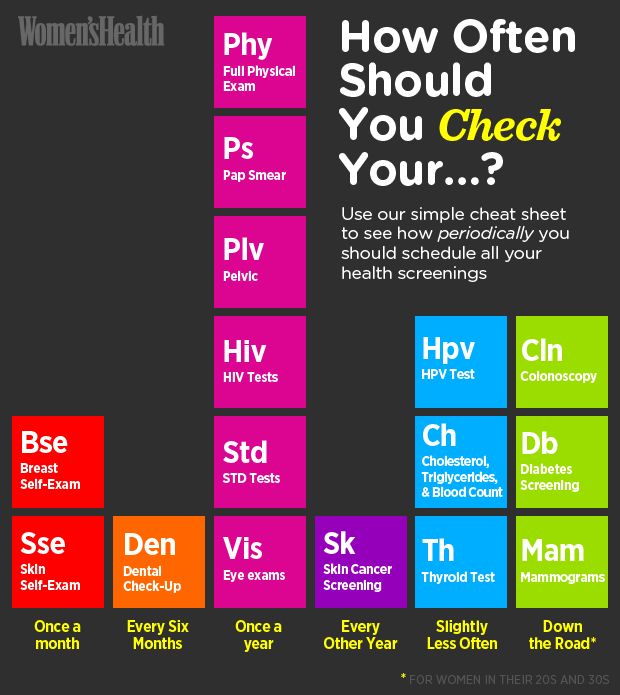
A well-executed balancing procedure leads to equal weight and force distribution across the tire and wheel assembly, which eliminates vibration and results in the smooth, comfortable ride we’re all after when driving. In addition to optimum ride quality, a well-balanced set of tires facilitates even tread wear, maximizes fuel economy and leads to a safer, more stable overall driving experience.
This is the one most folks either overlook completely or hardly ever inquire about. For the majority of the tires rolling across America, they’re balanced once in their lifetime. However, proper tire maintenance dictates that tires should be inspected and re-balanced if necessary at each rotation interval. And at the very least, they should be checked for imbalances any time you experience a vibration.
It’s important to know that just because you don’t feel a vibration in the steering wheel doesn’t mean there isn’t one.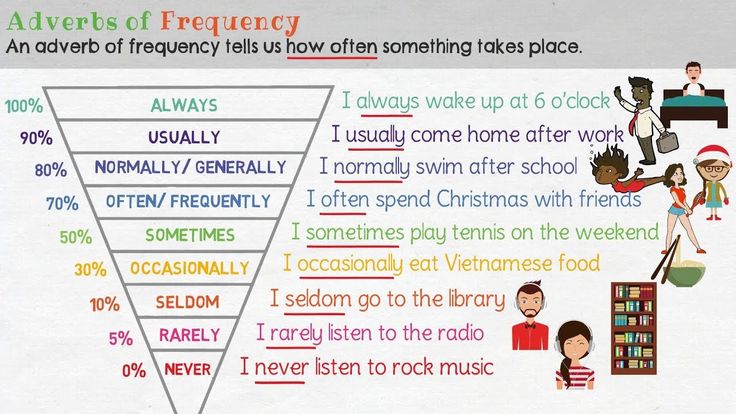 When a tire is out of balance on a minute level, it can be hard to detect by the seat of your pants. Regular trips onto the balancing machine can catch an imbalance before it becomes a bigger problem. We know you’re busy, but it only takes a few minutes for a competent tire technician to perform a balance test. Think of it as a quick adjustment, an adjustment that will protect your tire investment by making them last as long as you expect them to. Of course, ensuring your tires remain perfectly in balance will guarantee you continue to enjoy a smooth ride and optimal handling as well.
When a tire is out of balance on a minute level, it can be hard to detect by the seat of your pants. Regular trips onto the balancing machine can catch an imbalance before it becomes a bigger problem. We know you’re busy, but it only takes a few minutes for a competent tire technician to perform a balance test. Think of it as a quick adjustment, an adjustment that will protect your tire investment by making them last as long as you expect them to. Of course, ensuring your tires remain perfectly in balance will guarantee you continue to enjoy a smooth ride and optimal handling as well.
In case you were wondering, there’s a lot more to rotating your tires than meets the eye. Learn about your specific vehicle’s proper inflation pressure, rotation pattern and the best way to keep tabs on tread wear right here.
Your tire’s “balance” is the weight distribution in each wheel or tire of a vehicle.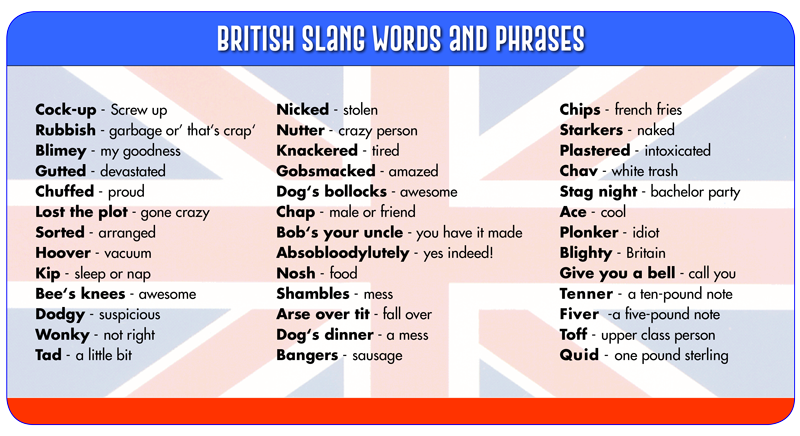 If the balance of your tires is off, you will start to notice a vibration or wobble at higher speeds. If the wobble is particularly pronounced, it can become dangerous and any vibration through the tires will increase the rate at which they wear. So what causes unbalanced tires and how often should you have them rebalanced?
If the balance of your tires is off, you will start to notice a vibration or wobble at higher speeds. If the wobble is particularly pronounced, it can become dangerous and any vibration through the tires will increase the rate at which they wear. So what causes unbalanced tires and how often should you have them rebalanced?
The leading cause of unbalanced tires is simple wear and tear, but it’s not the only possible reason that your tired might become unbalanced. Driving with poor tire alignment can cause your tires to become unbalanced, as can damaged wheels or bent rims. Unless all four tires are unbalanced, you can normally identify where the imbalance is by where the vibration is coming from. If the front tires are imbalanced, then the vibration will be in the steering wheel. If the rear tires are unbalanced, then you will feel the vibration through your seat, particularly if you sat in the back.
The vibration, or wobble, from unbalanced tires will grow over time to the point where it can make your car difficult to steer properly, potentially causing an accident.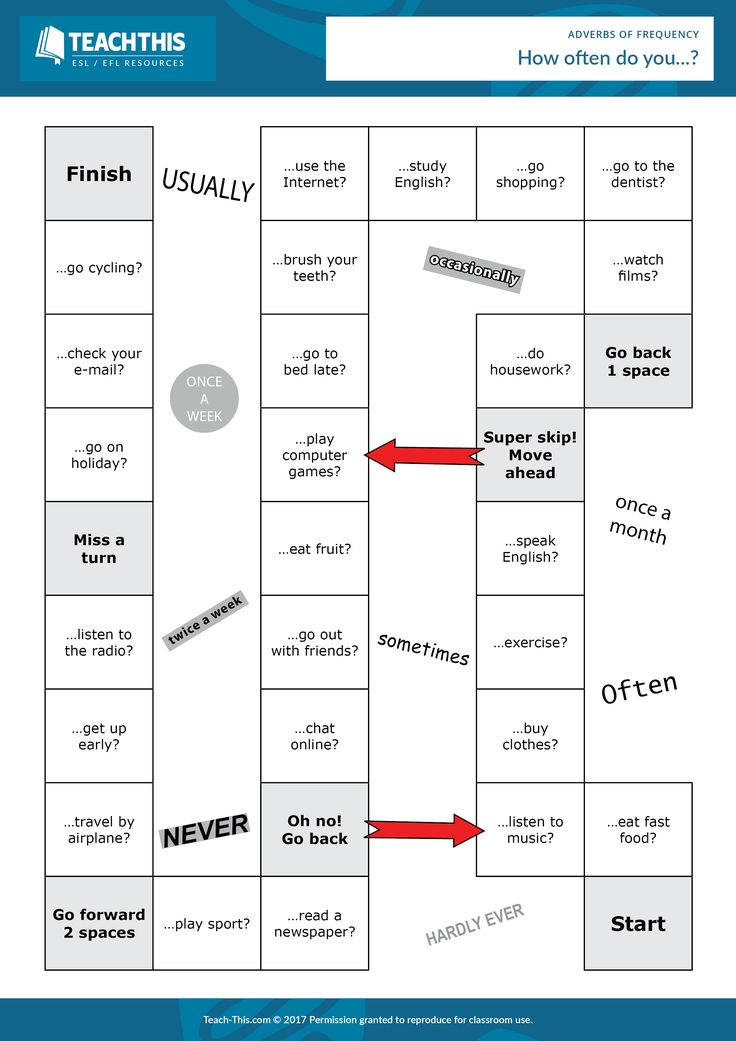 The vibration from unbalanced tires can also damage your car. Your tires will wear down faster and, if the problem is allowed to continue, it will eventually damage your shocks, bearings and even the entire wheel assembly. This damage is not only dangerous, it can be very costly to fix in the long run.
The vibration from unbalanced tires can also damage your car. Your tires will wear down faster and, if the problem is allowed to continue, it will eventually damage your shocks, bearings and even the entire wheel assembly. This damage is not only dangerous, it can be very costly to fix in the long run.
If you notice any of the symptoms of unbalanced tires you should take steps to rectify the situation immediately. Not doing so could put you and your passengers at risk. The best way to avoid this risk is to prevent the situation from happening in the first place. A good rule of thumb is that your tires should be rebalanced every 12,000 miles driven or every other time your tires are rotated. Having your tires rebalanced as part of tire rotation is a quick and easy process that could save you from costly repairs in the future.
Northwest Driving School and Traffic School provides the Las Vegas community with live driving and traffic classes taught by seasoned instructors.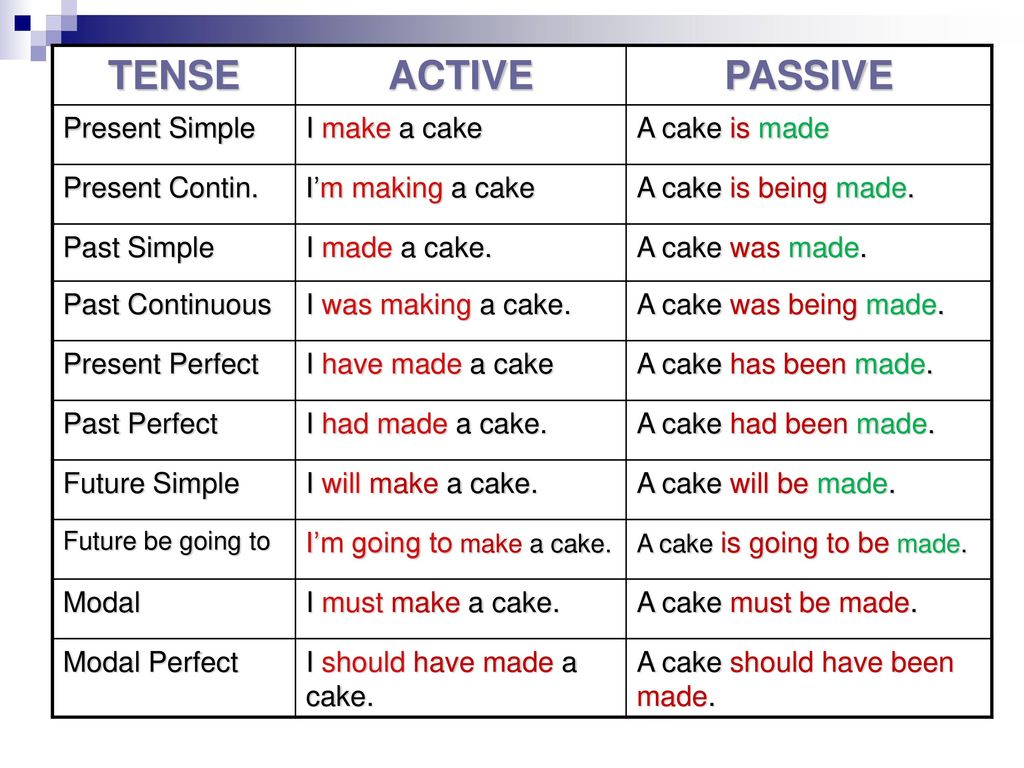 All of our driving instructors have passed background checks, each automobile is DMV safety-approved and every member of the Northwest family is committed to providing excellent drivers ed and behind the wheel instruction.
All of our driving instructors have passed background checks, each automobile is DMV safety-approved and every member of the Northwest family is committed to providing excellent drivers ed and behind the wheel instruction.
At Northwest, you can expect to find outstanding classes, both on campus and behind the wheel, that are engaging, fact-filled, entertaining and geared toward success. We make no bones about it, we believe that Northwest provides the best driving lessons in Las Vegas, no matter your age or background. We are proud of the fact that 98% of our students pass their test on the first try. Call us at (702) 403-1592 to start your driving adventure with one of our expert instructors.
Written by:
Rich Heinrich
Master Instructor, Emeritus
LADA
UAZ
KIA
Hyundai
Renault
Toyota
Volkswagen
Skoda
BMC
BMAN
BMARS
BMAN
Mitsubishi
Mazda
Ford
All brands
Related materials
Seasonal tire change: everything car owners need to know
To begin with, a small educational program. Balancing is the alignment of the center of mass of the wheel with the axis of rotation. In this case, the loads are fixed opposite the heavy part of the wheel. This is the definition of static balancing. And since the wheel is not a thin disk, but rather a wide roller, the so-called dynamic balancing is necessary, when loads are placed both on the outer and on the inner parts of the wheel disk. Naturally, the wheels need to be balanced immediately after mounting the tire on the rim: after all, the imbalance can reach 50–60 g on each side. If it turns out more, then it makes sense to "twist" the tire relative to the disk, ensuring their mutual rotation by 180 degrees. With this initial balancing, tire workers provide an imbalance of less than 5 g per side. It is believed that a new tire is capable of slightly changing its position on the disk in the first kilometers, and therefore the balancing will go away a little.
Balancing is the alignment of the center of mass of the wheel with the axis of rotation. In this case, the loads are fixed opposite the heavy part of the wheel. This is the definition of static balancing. And since the wheel is not a thin disk, but rather a wide roller, the so-called dynamic balancing is necessary, when loads are placed both on the outer and on the inner parts of the wheel disk. Naturally, the wheels need to be balanced immediately after mounting the tire on the rim: after all, the imbalance can reach 50–60 g on each side. If it turns out more, then it makes sense to "twist" the tire relative to the disk, ensuring their mutual rotation by 180 degrees. With this initial balancing, tire workers provide an imbalance of less than 5 g per side. It is believed that a new tire is capable of slightly changing its position on the disk in the first kilometers, and therefore the balancing will go away a little.
Now let's turn directly to our topic. If you alternately install either winter or summer tires on the same wheels, then you cannot avoid balancing.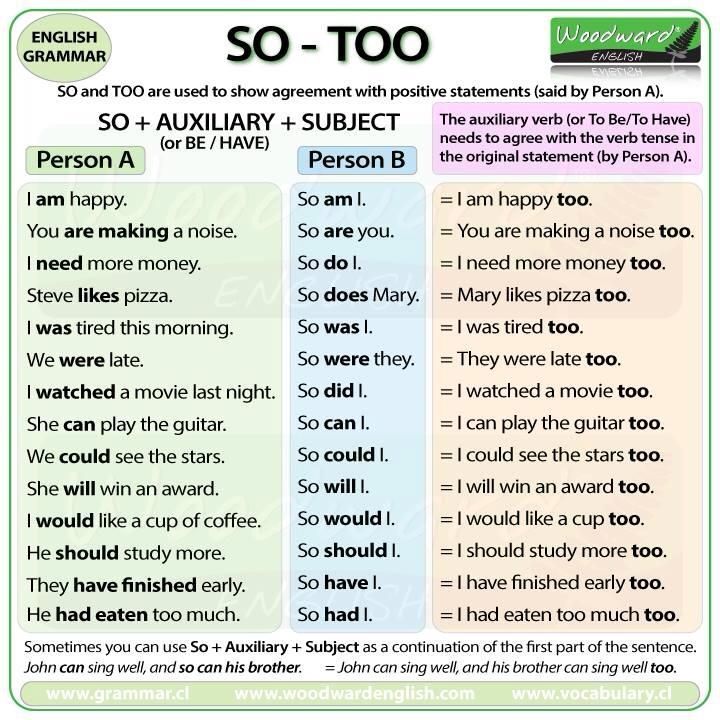 There is nothing to argue about here. The question of balancing every season arises only for those car owners who have two complete sets of wheels: summer and winter.
There is nothing to argue about here. The question of balancing every season arises only for those car owners who have two complete sets of wheels: summer and winter.
Related materials
Routine work that everyone ignores (and in vain!)
So, should the wheels be balanced at every seasonal change?
If you approach the process formally, then you should remember the instructions for the car. It is usually recommended to balance the wheels after a run of 10,000 to 15,000 km. If you drive less in one season, then you definitely shouldn’t balance, except for the cases specified below.
But this is in theory, but in practice I advise you to monitor the behavior of the car. If there is no noticeable beating of the steering wheel, then balancing is not needed. The beating of the rear wheels is felt less, but they usually suffer less often. In any case, you should feel a strong imbalance.
If you change your own wheels twice a year, the following recommendation applies. Put the wheels on and ride for a couple of days. During this time, the tire will get rid of the deformations that occurred during storage. If there are no vibrations at any speed with which you drive, balancing can not be carried out.
Put the wheels on and ride for a couple of days. During this time, the tire will get rid of the deformations that occurred during storage. If there are no vibrations at any speed with which you drive, balancing can not be carried out.
Related materials
10 procedures without which it is better not to drive
Balancing is required in the following cases:
Photo: depositphotos.com
Our new video
An interesting (and inexpensive) car from Lipetsk: everything is different here!
Test of the most affordable (well, almost) crossover for the family
Test of the new Chinese crossover Skywell ET5
Like this post? Subscribe and you will always be in the know!
Driving on Yandex. Zen
Zen
When do you need to balance a car wheel? Why do it at all? What will happen to me if I refuse to balance? These questions concern every driver. After all, it is impossible to do high-quality and accurate balancing with your own hands - for this work you need a tire fitting with good equipment.
When is it necessary to balance a car wheel? Why do it at all? What will happen to me if I refuse to balance? These questions concern every driver. After all, it is impossible to do high-quality and accurate balancing with your own hands - for this work you need a tire fitting with good equipment. Therefore, many people prefer to save their resources on balancing, making a big mistake that can cost the car and the driver much more than the service of restoring the balance of the wheel.
After installing a new tire, radial runout occurs in the disk, provoked by a mismatch between the center of gravity and the axis of rotation.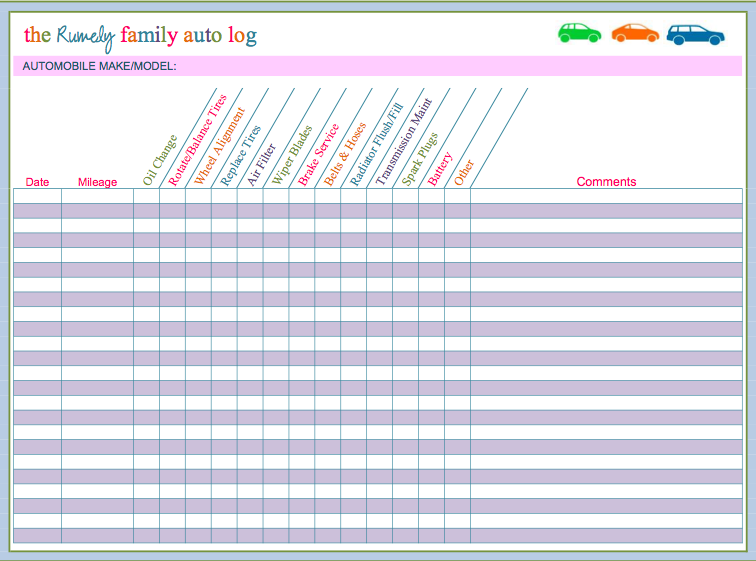 To compensate for this defect, balancing weights are fixed on the disk to ensure uniform rotation of the rim. The wheel is placed on a balancing machine, which rotates the disk and fixes the radial runout. The position of the compensating load is determined empirically.
To compensate for this defect, balancing weights are fixed on the disk to ensure uniform rotation of the rim. The wheel is placed on a balancing machine, which rotates the disk and fixes the radial runout. The position of the compensating load is determined empirically.
The essence of the balance restoration procedure is to align the center of gravity of the “shod” disk with its geometric axis, which is on the same line with the center of the drive shaft. The alignment of structural elements is a necessary condition for comfortable and safe operation of the car. If the axes of the “shod” disk and the drive shaft do not match, the driver and passengers of the car find themselves in an extremely unpleasant situation with far-reaching consequences.
Try to ride on unbalanced wheels for at least a hundred meters. After such an adventure, you will quickly understand why it is necessary to balance the wheels, and learn a lesson for life. If you prefer to learn from the mistakes of others - just remember that this operation eliminates the imbalance of the disk and tire - the main cause of vibrations shaking both the car and the passengers with the driver. Well, what the imbalance does to the suspension does not need to be explained even to a person far from the world of auto repair shops. It can crumble from constant vibration while the car is moving along the highway. Therefore, wheel balancing is necessary for every vehicle.
If you prefer to learn from the mistakes of others - just remember that this operation eliminates the imbalance of the disk and tire - the main cause of vibrations shaking both the car and the passengers with the driver. Well, what the imbalance does to the suspension does not need to be explained even to a person far from the world of auto repair shops. It can crumble from constant vibration while the car is moving along the highway. Therefore, wheel balancing is necessary for every vehicle.
What else affects wheel balancing? Primarily for tire life. Radial runout results in local wear. At this point, the tread depth is erased much faster, so imbalance is the main cause of premature tire wear. If you don’t want to change tires once a year, order balancing at the required frequency.
Experienced drivers order balancing work every time they visit a tire shop. Why check your balance so often? After all, some motorists insist that you need to balance the wheels only when changing tires. Let's explain this with a simple example.
Let's explain this with a simple example.
Let's say you're caught in a traffic jam that forces you to move in jerks, making sharp accelerations and decelerations. The result of such a ride will be uneven tread wear, as a result of which a certain tire loses about 10 grams of rubber, having received a recess in the contact patch. “Only 10 grams, is it worth it to balance the wheel?” - an inexperienced driver will think, and he will be wrong, because at a speed of 100 km / h these 10 grams turn into 2.5 kilograms, which begin to affect the car in a not the best way. Agree, such an advantage gives a reason for immediately contacting a car repair shop.
The calibration weight that balances the wheel of your car can fly off the rim if the maneuver is not successful. This means that the machine will be left with an unbalance problem one on one, without the support of compensators that level out the radial runout. Also, a stone can get stuck in your tread, upsetting the balance.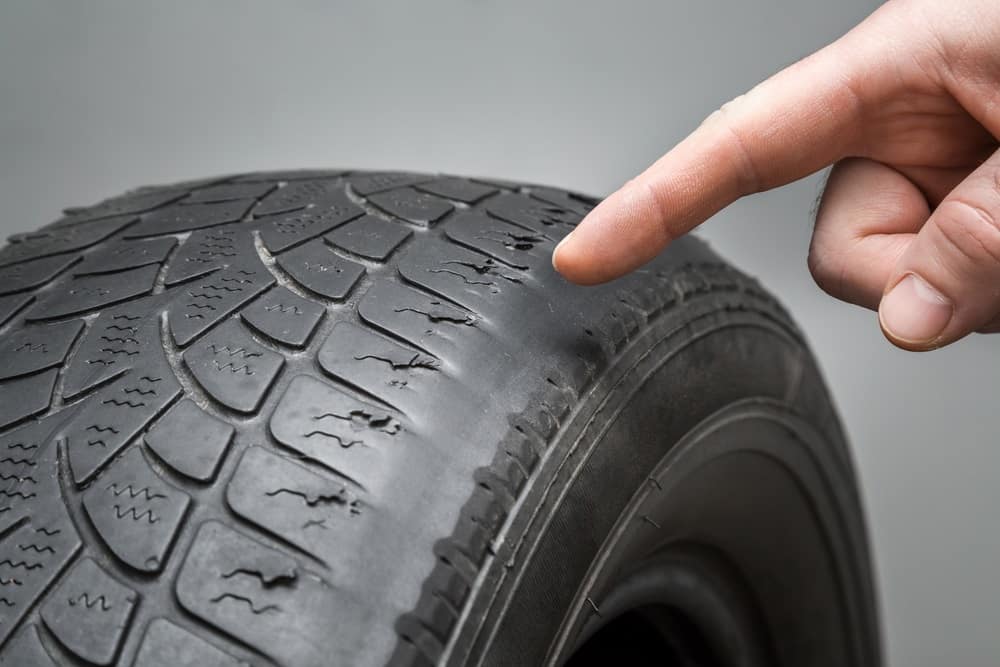
All these risks mean only one thing - you need to balance the wheels of your car as often as possible. And how often to do balancing - you decide personally, guided by the quality of the roads on the usual routes and your own driving style.
Ordinary car enthusiasts prefer to balance the wheels every six months, during a tire change. Prudent car owners check the imbalance every three months. Taxi drivers should order balancing after 5,000 kilometers - for them this is an essential process that improves the level of passenger comfort.
What you need to know about balance accuracy? Only one rule: the higher the accuracy, the better both driver and passenger feel. After all, even a small unbalanced mass generates significant radial runout at high speed.
Why is this happening? First of all, because the imbalance creates a significant centrifugal force, directly proportional to the product of the square of the angular velocity, the unbalanced mass and the radius of rotation. That is, the mass is amplified by the speed of rotation of the disk. As a result, the growing speed of the car means an increase in the influence of the unbalanced mass on the tire, disk, drive shaft, frame, engine and other structural elements of the vehicle.
That is, the mass is amplified by the speed of rotation of the disk. As a result, the growing speed of the car means an increase in the influence of the unbalanced mass on the tire, disk, drive shaft, frame, engine and other structural elements of the vehicle.
Therefore, in the fight against balance defects, the account of unbalanced masses goes to grams. And a quality balancing process means that the tire changer will work on the machine until the radial runout is reduced to a critically small value.
Summer Drive Protection Sound Comfort
Rating:
4.5
Tires Goodyear Eagle F1 Asymmetric 3 SUV
Summer Drive protection
Rating:
4. 5
5
Tires Goodyear Eagle Sport TZ
Summer Drive protection
Rating:
4.5
Tires Goodyear EfficientGrip 2 SUV
Summer Drive Protection Run On Flat
Rating:
4.5
Tires Goodyear EfficientGrip Performance
Winter Drive protection
Tires Goodyear UltraGrip Arctic 2 SUV
Winter Drive Protection Sound Comfort
Rating:
4.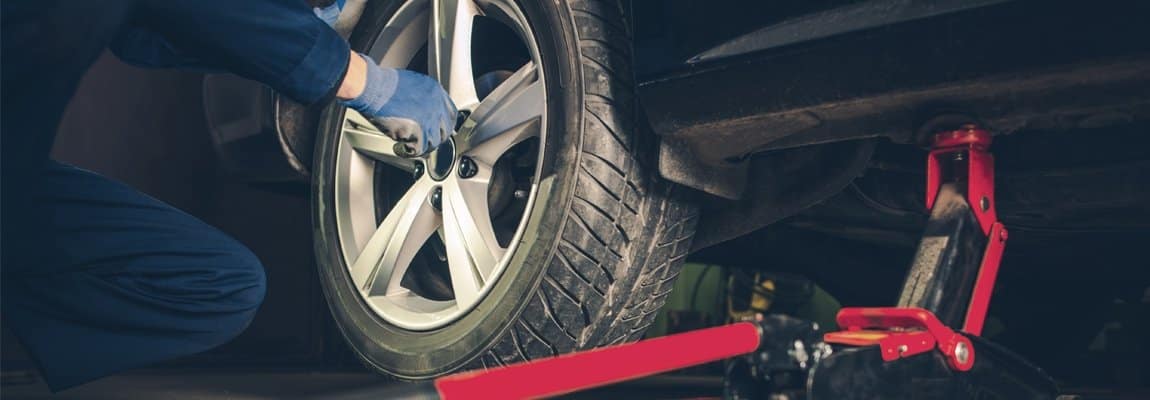 5
5
Tires Goodyear UltraGrip Ice 2
Winter Drive Protection Sound Comfort
Rating:
4.5
Tires Goodyear UltraGrip Ice SUV
Winter Drive protection
Tires Goodyear UltraGrip Performance+ SUV
All season Drive protection
Rating:
5
Tires Goodyear Vector 4Seasons Gen-3 SUV
Summer Drive Protection Run On Flat
Rating:
4
Tires Goodyear Wrangler HP All Weather
All season Drive protection
Rating:
4. 5
5
Tires Goodyear Vector 4Seasons
Summer
Rating:
4.5
Tires Goodyear Wrangler All-Terrain Adventure with Kevlar
Summer Drive protection
Rating:
4.5
Tires Goodyear EfficientGrip SUV
Summer Drive Protection Run On Flat
Rating:
4
Tires Goodyear Eagle F1 Asymmetric SUV
Balance defects are explained by the mismatch between the axes of inertia and rotation.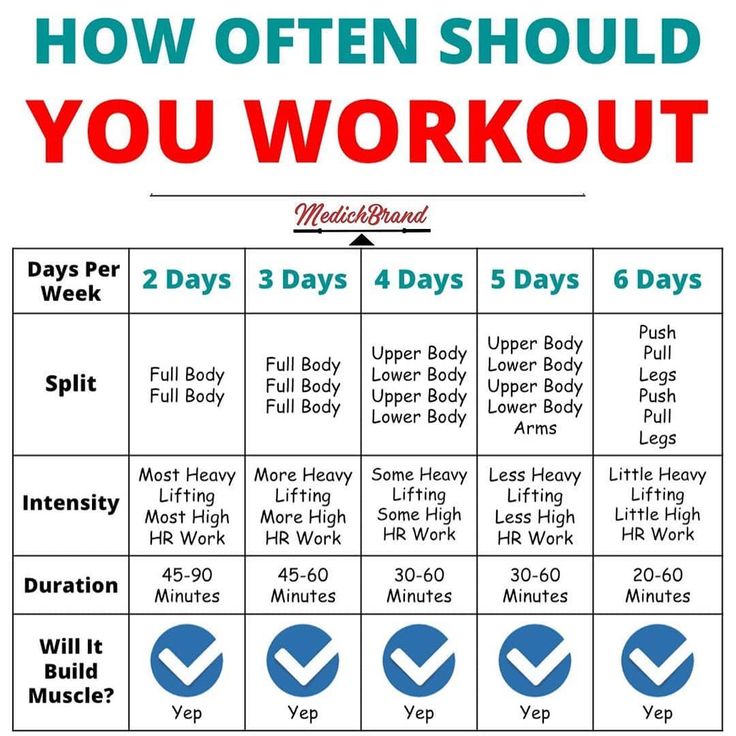 Moreover, this mismatch results in:
Moreover, this mismatch results in:
Any tire service is ready to eliminate both dynamic and static imbalances. However, a perfect calibration of the axes of inertia and rotation is not possible. Therefore, tire fitters operate with approximate unbalance values, eliminating this defect within the tolerance approved by the car's designers. Usually it is ± 1.0 - 1.5 millimeters. The exact tolerance values \u200b\u200bfor the desired disc diameter can be clarified according to the tables of GOST 4754-97.
Usually it is ± 1.0 - 1.5 millimeters. The exact tolerance values \u200b\u200bfor the desired disc diameter can be clarified according to the tables of GOST 4754-97.
